evolved
[email protected]
View Badges
Excellence Award
Reef Tank 365
Expert Contributor
Article Contributor
Moderator Emeritus
AZ FRAG Member
Hospitality Award
My Tank Thread
Yes, it's technically Cirrhilabrus rubeus now.
Hi, can anyone identify the new hi fin wrasse and if it is Male or female please?
I have a male Mccoskeri wrasse in the 800 litres display tank. That one chased the Hi Fin initially but don't seem to be bothered with each other now.
Could I add any more flasher type wrasses in the future?
I have a female Blue Spotted Leopard Wrasse, Green Mandarin, Regal Tang, Starry Blenny, Copperband Butterfly, Anampses Lineatus Female, Captive bred Caramel Clownfish Pair, Royal gramma, Goldrim Tang and a Yellow Tang and a Red Coris wrasse in there at present.
Thanks.
Always use an acclimation box when adding new wrasses to a tank with existing ones.
This should be helpful: https://www.reef2reef.com/threads/all-about-reef-safe-wrasses-in-aquaria.259894/
Also, the Red Coris will be a bit of a headache as it matures.
As TJ pointed out, it's actually called C. rubeus now.Cirrhilabrus rubriventralis, male.
The only shot you have at making this work is to stick with the Macropharyngodon genus. Other genera will readily transition in a closed system.I'm getting back in the hobby after a 15+ year hiatus. I'm interested in Wrasses as I've never kept and want to keep mostly different species than what I've kept in the past. My tank is roughly 142 gallons (72" x 24" x 19"), and this go-round, I'm interested in keeping multiples of the same species as much as possible (fish, corals, inverts, etc.) as opposed to the "get one of everything" approach. I don't want a dedicated wrasse tank but would like to keep at least one or two species. My plan was to add maybe three female/juvenile wrasses of the same species and allow one to become dominant and turn male. What I didn't realize until reading the last 10 or so pages of this thread is that all of the females tend to turn male over time. Is there a common species or two to where this is less likely to happen?






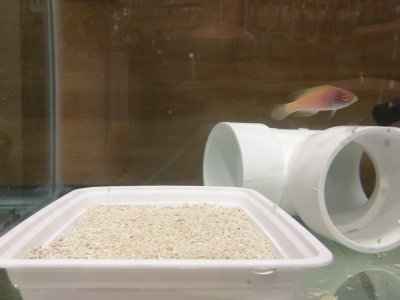
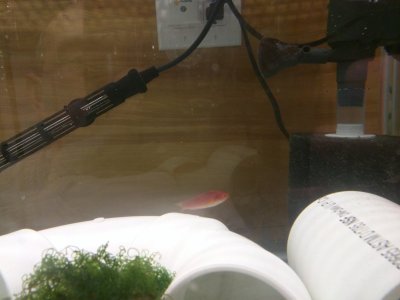
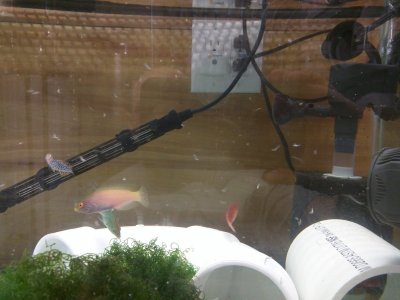
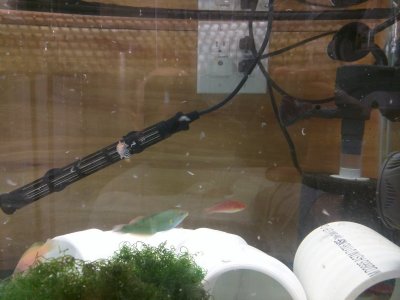
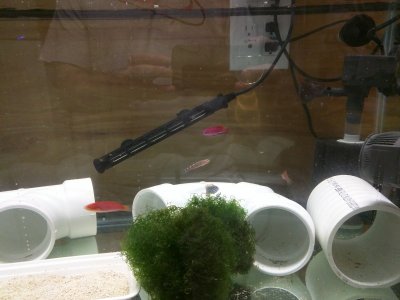
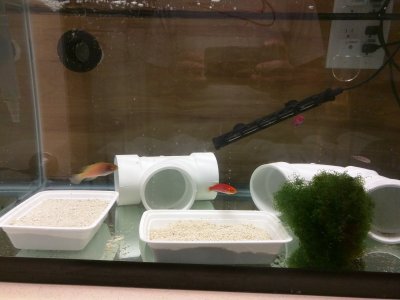

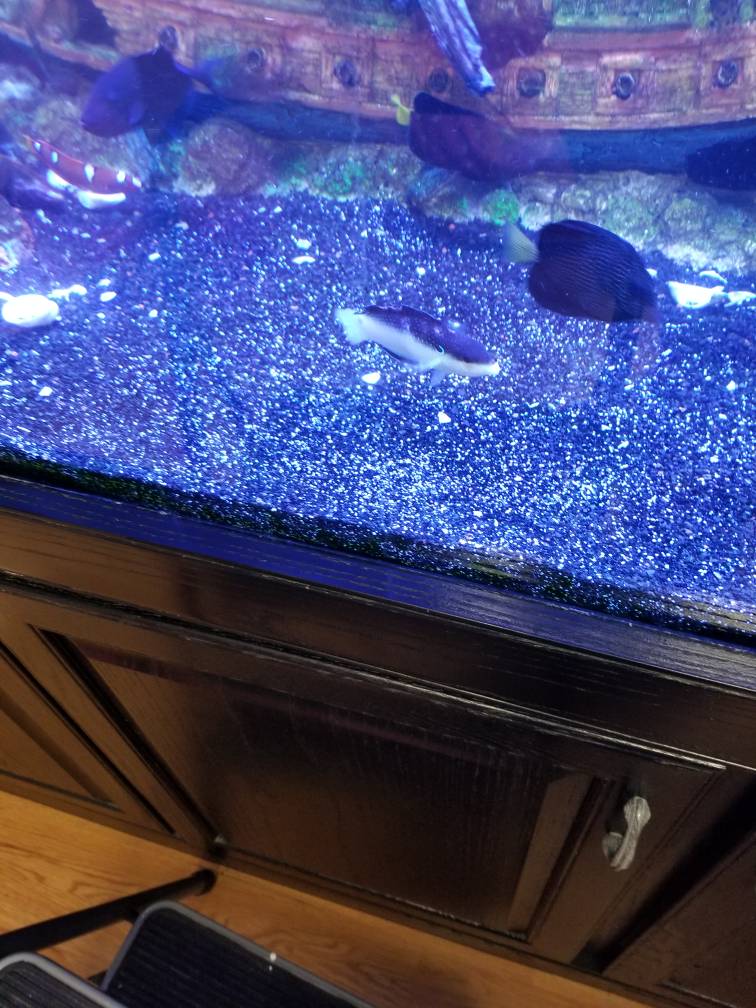
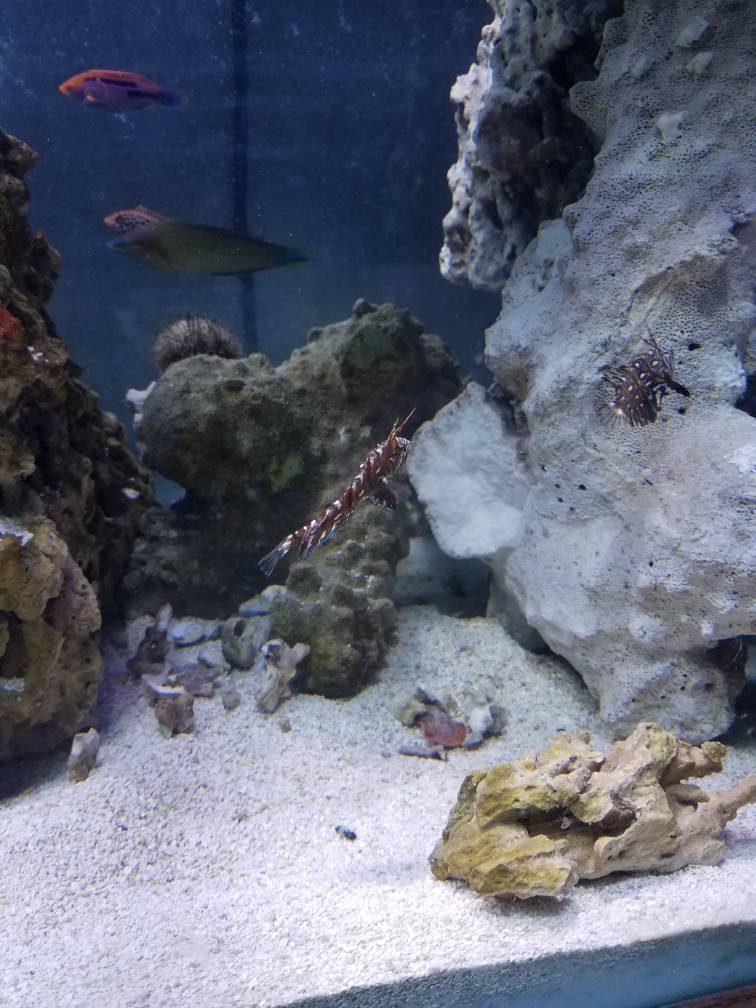
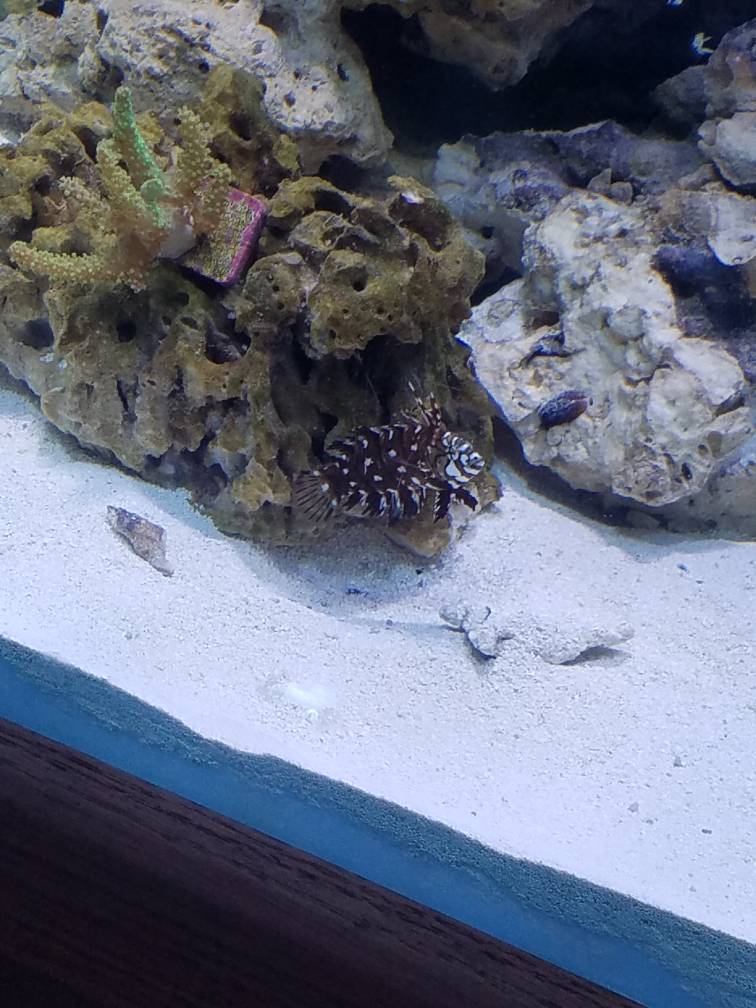

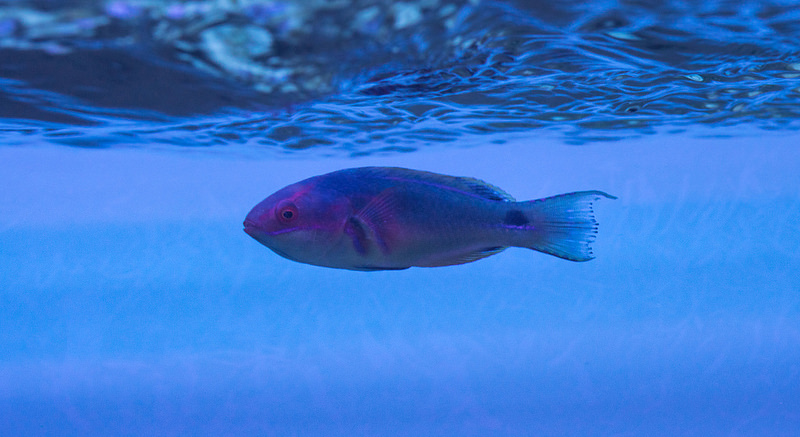 DSC04323.jpg
DSC04323.jpg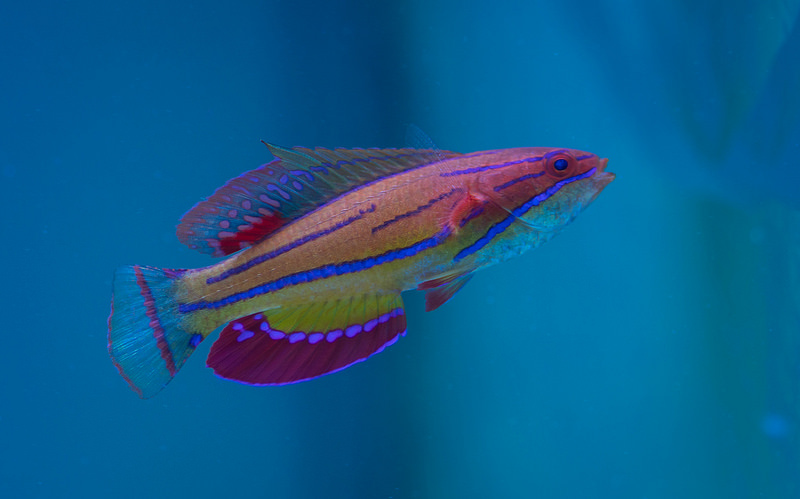 DSC04362.jpg
DSC04362.jpg








